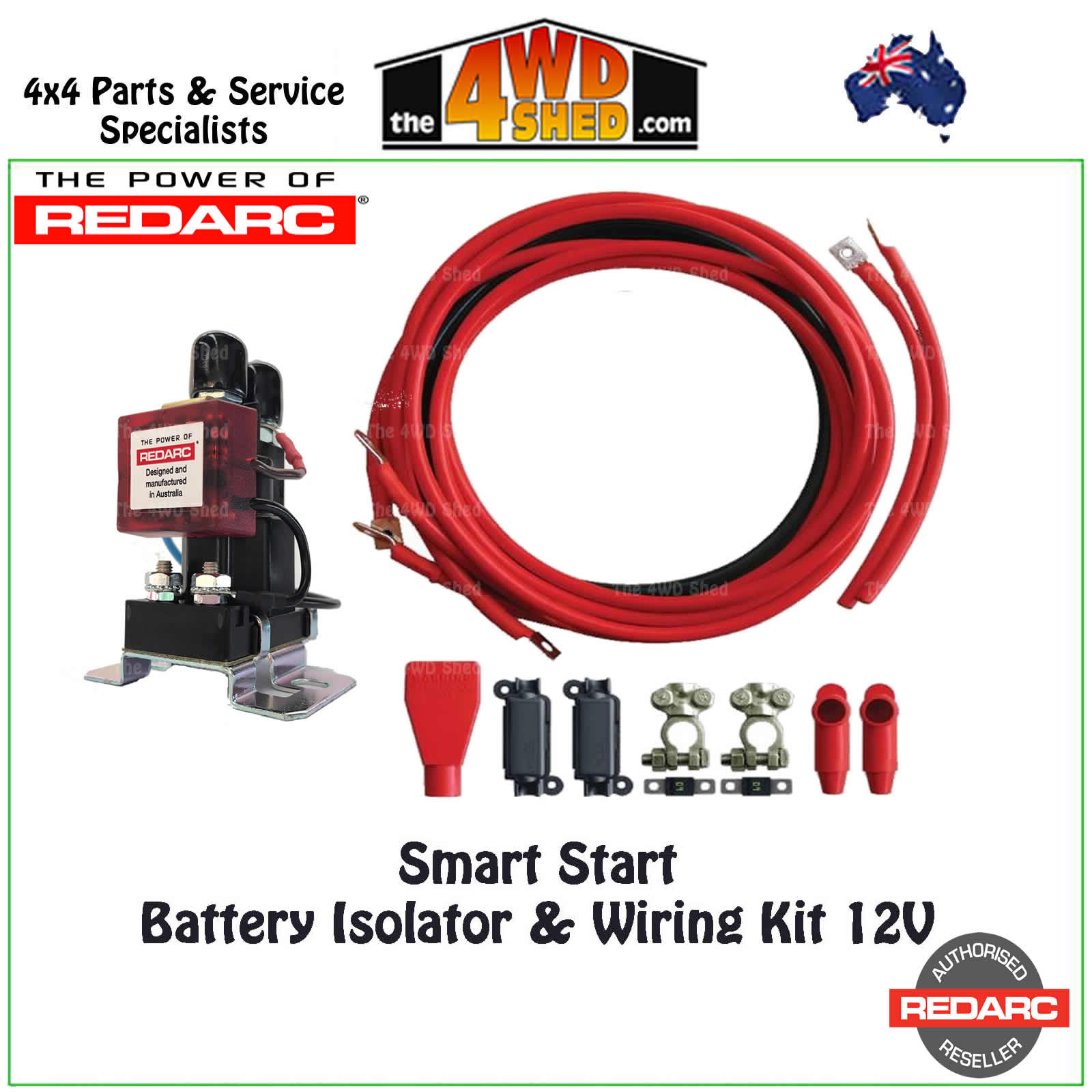


This sample size is small enough, though, and stats are questionable enough to need to disclaimer that this info should only be used as an “FYI” rather than actual good information. What conclusions can we draw from this info? Not much, honestly… The biggest takeaway that I can gather from this information is that house battery banks charged by the alternator rarely charge at rates greater than 100 amps. There were also some respondants who didn’t know how many amps they were charging their house batteries with, BUT they did know the fuse size that was on that wire from the alternator to the house battery, which we can then assume that their amps never go above the size of that fuse. This list is of what people reported their wire size was, alternator size was, and the most amps they have seen going to their battery: Alternator Size 87% of the answers were estimated to be 92% inaccurateīut… I gathered the following data: Wire size to reported amps:.21% would rather give me irrelevant advice rather than answer my question.18% didn’t know the difference between amps and volts.
BATTERY ISOLATOR KIT HOW TO
50% of respondents didn’t know how to find out how many amps they were charging at.So, what did I do? I reached out to various camper van facebook groups, THE home of Questionablly Reliable Crowd-Sourced Data. More specifically, I wanted to find out what the max amps people have ever seen going from their alternator to their batteries. I wanted to gather some real-world data from those who were charging their house batteries with their alternator. With 2/0 wire, as long as the house battery bank is kept within 12 feet of the starting battery, even at charging rates up to 149 amps, a 3% voltage drop will still be achieved. Most applications will never see amps that high nor are most alternators capable of putting out that many amps. 2/0 wire with 105☌ insulation under 50 feet in length is capable of handling currents of up to 330 amps. 2/0 wire will be enough for 95% of applications. Wire size for Battery Isolatorīlanket Statement: Use 2/0 wire. Lithium Battery Isolatorĭue to the resting voltage rates of Lithium Batteries, you’ll likely want a lithium battery specific Isolator.Īlthough a normal battery isolator shouldn’t ‘damage’ your lithium batteries, it simply may not disconnect properly when your engine is off as it may see the higher voltage of the lithium batteries as ‘charging’, which will keep the batteries combined. It will typically be stamped onto a metal plate on the alternator itself. The max amps your alternator will output can sometimes be found in the spec sheet of the vehicle. Size your battery isolator to handle the max amp output from your alternator.
BATTERY ISOLATOR KIT FULL
Although you’ll likely never see your full alternator output amperage going through your isolator, it’s really the only base line you’ve got. Your battery isolator will depend on the size of your alternator. This number is simply the amount of potential amps that could be flowing through the device from your alternator to your house battery bank. Most Battery isolators are rated in terms of amps. How to Choose a Battery Isolator for a Camper Van:


 0 kommentar(er)
0 kommentar(er)
